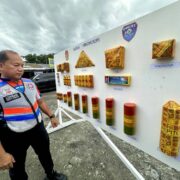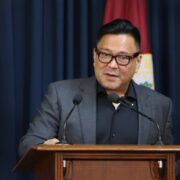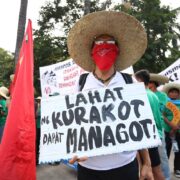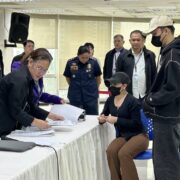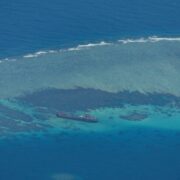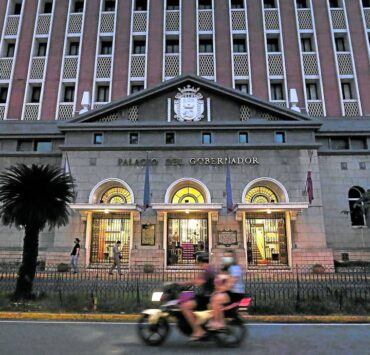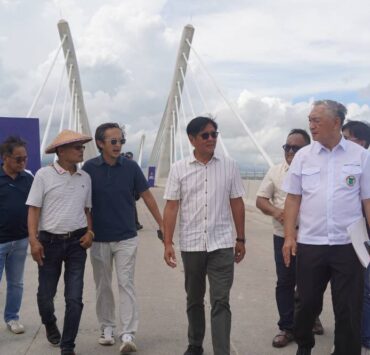Baguio now wealthiest city outside Metro Manila—PSA
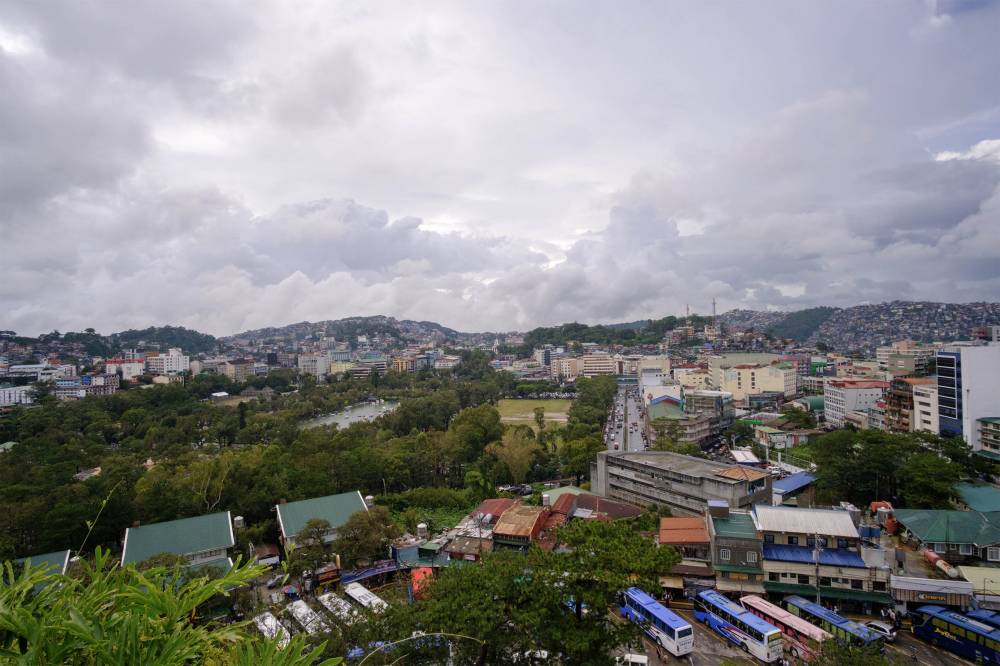
BAGUIO CITY—The country’s summer capital is the wealthiest city outside the National Capital Region (NCR) based on its 2024 economic performance and is even richer per capita than seven NCR localities, a Philippine Statistics Authority (PSA) official said during an economic briefing here Tuesday.
Overall, Baguio ranks 10th among highly urbanized cities in the Philippines despite a slowdown in its gross city domestic product (GDP), which dropped from 9 percent (P169.02 billion) in 2023 to 5.8 percent (P178.85 billion), said Aldrin Federico Bahit Jr., PSA chief statistician for Cordillera.
The city’s GDP translates to a per capita output of P485,433 in goods and services generated per person, he said.
Industry and services remained the main economic drivers for Baguio last year, with the services sector—valued at P133.87 billion—accounting for 5.5 percent of the city’s 5.8-percent growth in 2024.
Even Baguio’s farms performed well, posting a 3.6-percent growth last year. However, this emerging sector—composed of an “agricultural population” of 12,496 micro and small commercial farmers and the Ibaloys indigenous community in the city outskirts—contributed only 0.5 percent to the local economy, Bahit said.
Hesistant
Despite the positive figures, residents have not fully embraced Baguio’s wealth ranking, prompting city officials to reflect on what the city’s prosperity may be costing its environment and overall quality of life, said City Planning Officer architect Donna Rillera Tabangin during the forum.
“There was hesitancy,” Tabangin noted, recalling the time when Baguio’s strong economic status was first announced in April—partly due to growing disenchantment with core industries like tourism because of their impact on people’s daily lives.
She said the city government is currently conducting a “quality of life” survey to better understand why residents express reservations about Baguio’s economic success.
The survey, which may be completed by November, is expected to help reset the city’s development goals toward achieving better living standards by 2040.
For instance, Baguio is now promoting ecotourism to balance its popularity as a travel destination with programs aimed at preserving its remaining timberlands.
A 2019 government-commissioned study found that many of the city’s key resources—such as water, forest cover, and public roads and spaces—are no longer sufficient for its current population, said Tabangin, who was part of the study team that estimated Baguio’s urban carrying capacity.
Baguio is also pursuing an early transition to a circular economy, which promotes recycling and waste repurposing—an approach expected to transform local consumption patterns and introduce new community services.
The circular economy initiative, together with the city’s ongoing smart city conversion by 2027, will shape the kind of investments, expenditures, and businesses Baguio aims to attract, she added.
Baguio’s impressive growth tells two contrasting stories—a testament to Baguio’s continuing role in driving Cordillera development, but also to the widening imbalance between urban and rural economies, said Jose Dado, Cordillera assistant director of the Department of Economy, Planning and Development, who presented an analysis of the latest growth report.
‘Economic nucleus’
Dado said the Cordillera economy “was further concentrated in Baguio and Benguet,” describing the city as “the region’s economic nucleus.”
The Cordillera region relied heavily on Baguio to achieve a gross regional domestic product (GRDP) growth of 4.8 percent (P378.26 billion). The city accounted for nearly half (47.3 percent) of the region’s total growth, he said.
Benguet, which supplies most of the salad vegetables consumed in Metro Manila, contributed 23 percent to the Cordillera GRDP in 2024, Bahit added.
Benguet also accounted for 48 percent of the region’s agricultural output, which grew by 1.1 percent last year—the first positive growth in years. The province’s GDP rose by 5 percent (P86.91 billion) in 2024, slightly slower than its 5.1 percent (P82.76 billion) growth in 2023, said Imelda Buyuccan, PSA chief statistician for Benguet.
“The concentration of output and income in Baguio and Benguet risks widening socioeconomic disparities,” Dado warned.
He linked the negative population growth in Abra and Mountain Province last year to their sluggish economies and persistent poverty, underscoring the struggles of rural communities that “cannot match urban access to infrastructure, services, and investments.”
Dado added: “Industry output in 2024 was heavily concentrated in Baguio and Benguet, comprising 71 percent of the Cordillera’s total. The services sector is even more centralized, with 72.1 percent of output coming from Baguio (51 percent) and Benguet (21.1 percent). Despite slower growth, Baguio remains the fastest-growing economy in the services sector.”
BLISTT
Baguio has tried to address this imbalance as early as 1990 when it forged an economic alliance with neighboring Benguet towns—La Trinidad, Itogon, Sablan, Tuba, and Tublay (BLISTT)—to share resources and investments.
He also cited improved economic performances in the provinces of Ifugao, home of the famed rice terraces; rice-producing Kalinga and its component city Tabuk; the natural biosphere of Apayao; bamboo-producing Abra; and the vegetable-growing towns of Benguet and Mountain Province.
“Ifugao, Kalinga, and Abra are showing signs of economic vitality, particularly in manufacturing and services. Ifugao defied the slowdown trend, posting a 5.3-percent growth last year—up from 4.1 percent in 2023,” Dado said.
“Manufacturing growth was notable in Kalinga, Benguet, and Abra, while Apayao recorded a remarkable surge in mining and quarrying,” he added.






